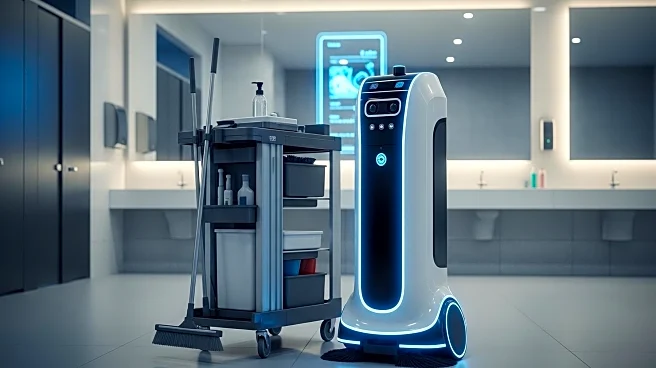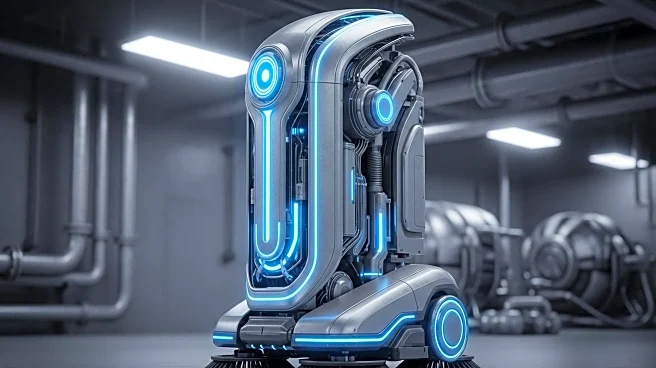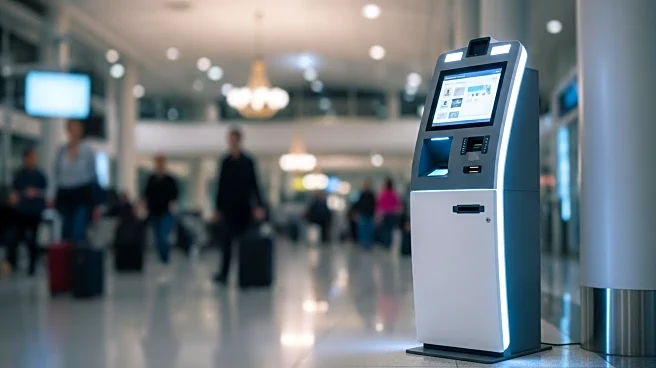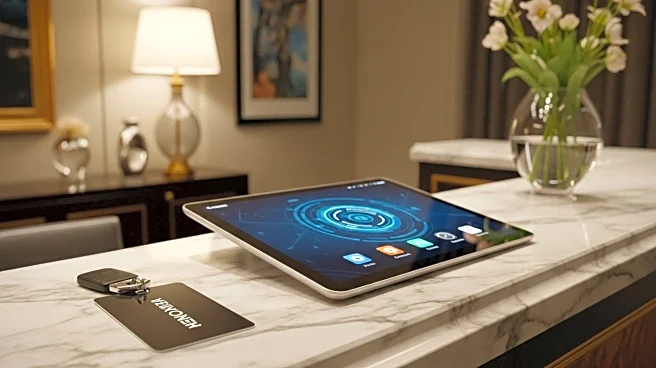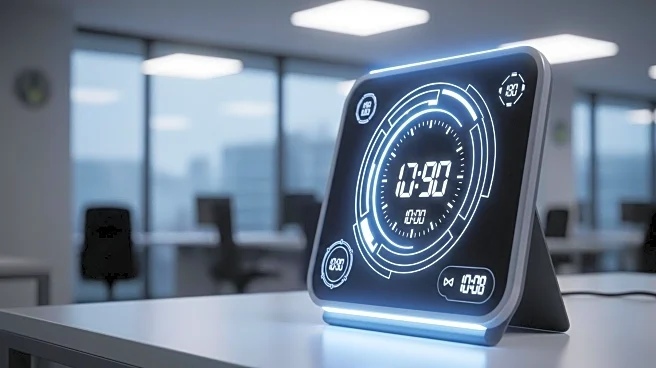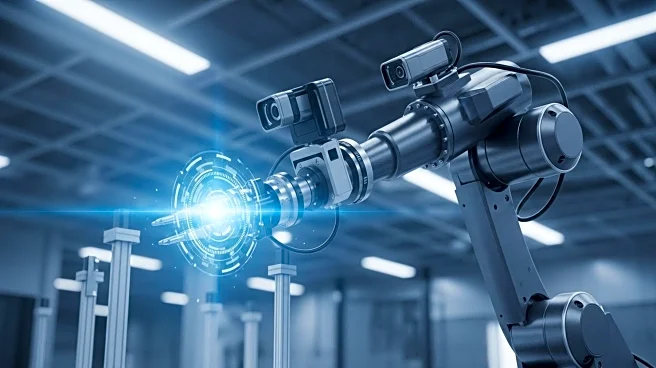What's Happening?
Miami International Airport (MIA) has partnered with ABM, a cleaning service provider, to enhance restroom maintenance through the deployment of smart technology. The initiative involves the use of ABM Connect, a data intelligence platform that incorporates Internet of Things devices to monitor restroom conditions. This system allows workers to receive real-time alerts and dynamic task assignments based on actual usage patterns, rather than relying solely on static schedules or visual cues. The technology includes foot traffic sensors and people counters to generate heat maps, identifying high-demand areas and alerting staff when restrooms exceed desired occupancy or receive negative feedback. The partnership, announced in June, is part of a $125 million, five-year contract aimed at improving guest experience and operational efficiency.
Why It's Important?
The implementation of smart technology at Miami International Airport represents a significant advancement in facility management, particularly in high-traffic areas like airports. By shifting from reactive to predictive and proactive service, the initiative aims to ensure restrooms are cleaned before issues arise, enhancing the overall guest experience. This approach not only improves cleanliness but also operational efficiency, potentially setting a new standard for airport maintenance practices. The use of data-driven insights allows for more effective resource allocation, reducing downtime and improving service quality. As airports continue to explore innovative solutions, this development could influence similar implementations across the industry, benefiting both passengers and airport operations.
What's Next?
The partnership between MIA and ABM is expected to continue evolving as the technology is further integrated into airport operations. Future steps may include expanding the use of smart technology to other areas within the airport, such as baggage handling and waste management, as seen in other airports like Boston Logan International Airport. Stakeholders, including airport management and cleaning service providers, will likely monitor the effectiveness of the system and explore additional applications to enhance efficiency and service quality. The success of this initiative could lead to broader adoption of similar technologies in airports nationwide, driving innovation in facility management.
Beyond the Headlines
The integration of smart technology in airport maintenance raises important considerations regarding data privacy and security. As more devices are connected to the Internet of Things, ensuring the protection of sensitive data becomes crucial. Additionally, the reliance on technology for operational decisions highlights the need for ongoing training and adaptation for staff, blending human expertise with technological advancements. This development also reflects a broader trend towards automation and data-driven decision-making in various industries, potentially reshaping workforce dynamics and operational strategies.

